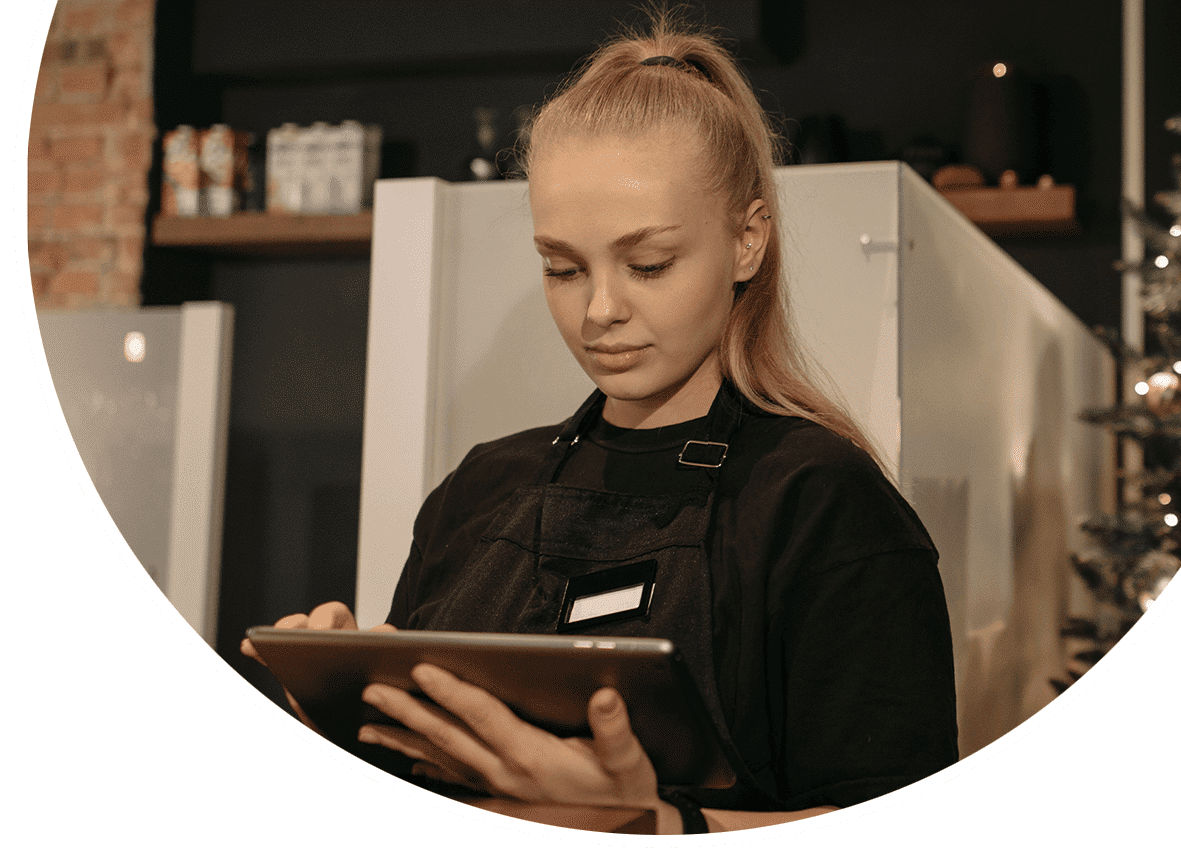Blog

Just a few short years ago, the term “contactless shopping” didn’t exist in common vernacular. Now we’re more than a year into a global pandemic and the term is not only commonplace—contactless shopping has also kept many businesses alive during these trying times.
Certainly, contactless shopping options existed before the pandemic. That said, COVID-19 left customers feeling uncertain about and fearful for their safety while shopping in-person. This created a greater need and demand for a contactless customer experience, which accelerated the departure from traditional shopping that was already happening.
As a result of the past year, we have seen a deep-seated shift within our social fabric: one where customer perceptions have changed regarding how they interact with stores, restaurants and our general environment. That shift has provided companies the opportunity to create or expand upon methods enabling customers to carry out their daily lives in a mostly contactless way.
Now that we’re beginning to see the end of the pandemic, it’s evident that contactless shopping will not be going away. In fact, a 2020 McKinsey study showed that 75% of Americans acquired new shopping habits during the pandemic—including Buy Online & Pickup In-Store (BOPIS), in-store self-checkout, food delivery, and curbside pickup—with most planning to continue those habits when COVID-19 subsides.
This should not come as a surprise to anyone.
Placing the pandemic aside, people in general have been evolving their overall shopping habits for a very long time. Since the very first smartphone was introduced almost two decades ago, mobile apps and the functionality behind them have changed the way we all view the world. From ordering a coffee to purchasing a new car, mobility is the new normal of interaction. It’s this not-so-new yet ever-evolving mobility that has introduced customers to a whole new way of shopping and connecting with their favorite brands—a way that offers not just convenience, but more importantly control.
Given the technological world in which we live, customers of all ages and demographics now inherently know that the data behind every personal transaction can be used by businesses to create more personalized, meaningful shopping experiences. Meanwhile, they are increasingly looking for businesses that empower them to shop how they want, when they want. This shift in demand has prompted companies to adapt new technologies that allow them to collect far more customer data in a shorter period of time than ever before, and to collect, analyze and react to that data.
Now, with the ability to use their mobile devices to scan or order items—all while receiving communications, special offers and promotions that are customized to them—customers can receive a highly personalized experience, and complete their shopping in a way that is most desirable to them.
So what does all this mean? As we begin to put the previous year behind us and look toward a bright new future, it’s important to remember that the growing popularity and staying power of contactless shopping is not really about a pandemic at all. Rather, contactless shopping embodies ongoing, long-term empowerment for customers, enabling them to take charge of their buying experience and brand interactions as they please.
Your customers will continue to demand contactless shopping once the pandemic subsides—are you ready to empower them? omNovos is ready to empower you.
Learn more in our guide: Digital Redefines the Contactless Experience.

Andrew Armstrong
Chief Customer Officer
Andrew Armstrong is the Chief Customer Officer at omNovos – working globally with customers to design world-class customer engagement programs. He’s a prolific writer and speaker on topics including customer loyalty, personalization, and retail marketing technologies. Connect with him on LinkedIn or Twitter - his open approach to all topics usually leads to a fun discussion and a few laughs.
